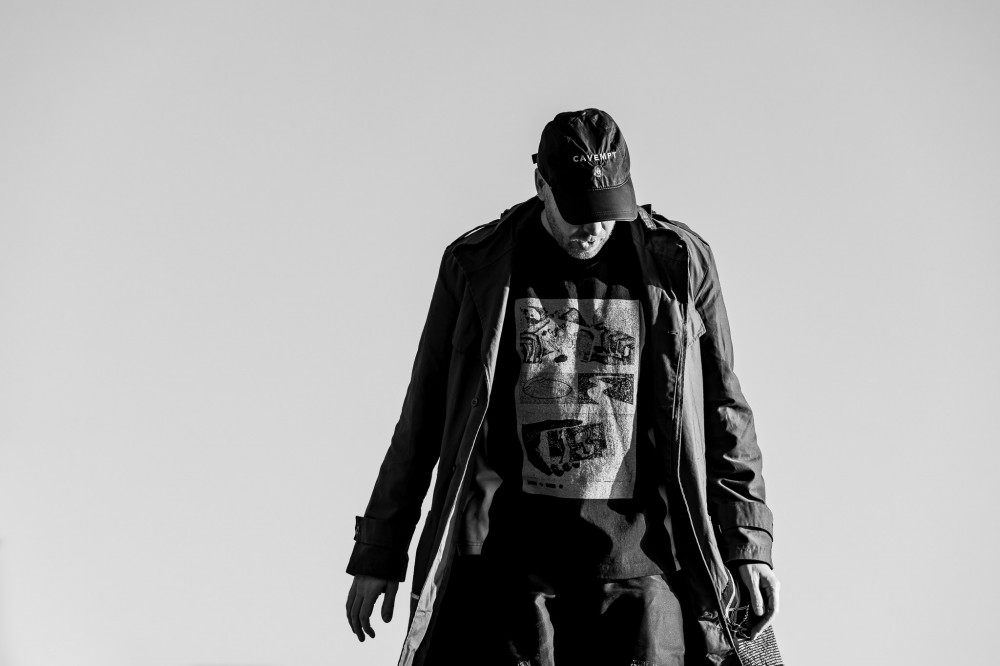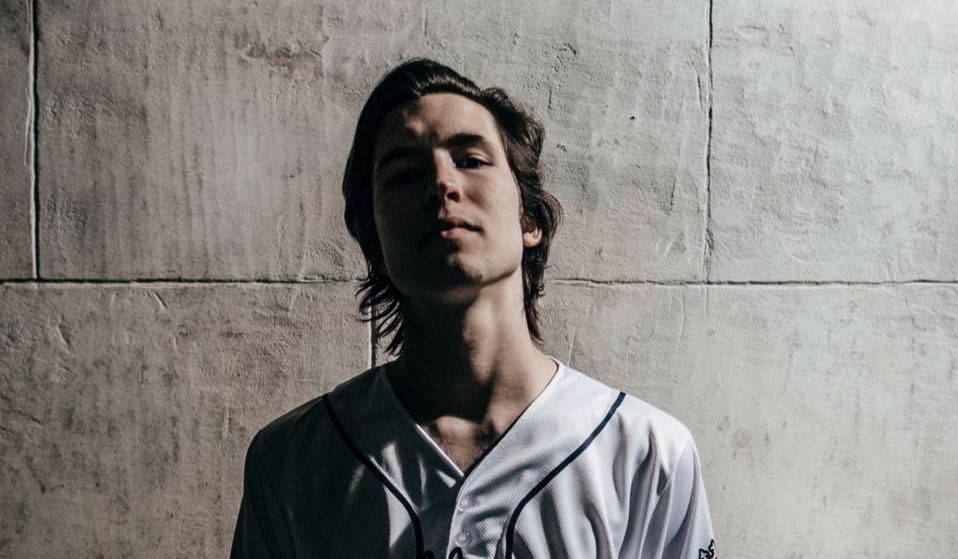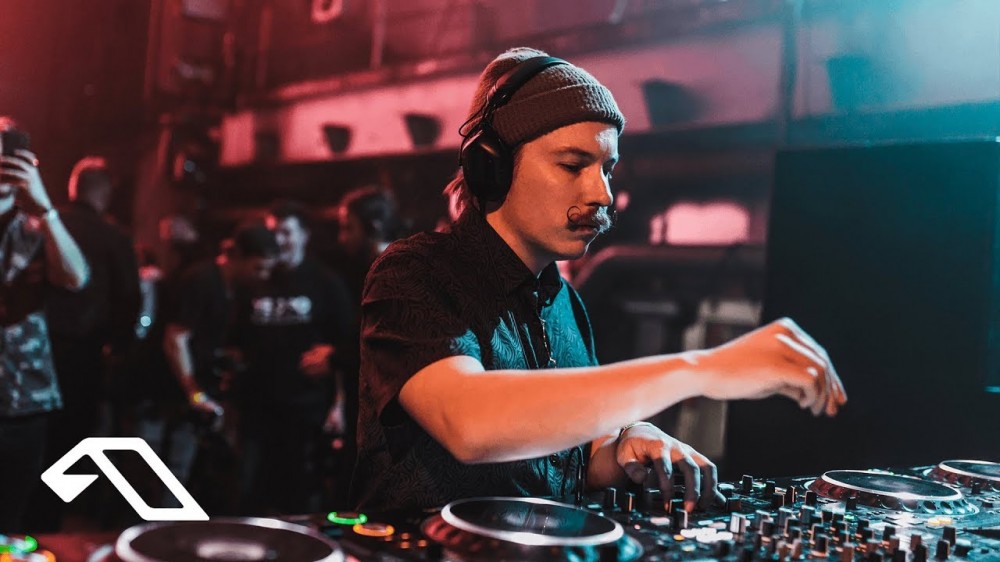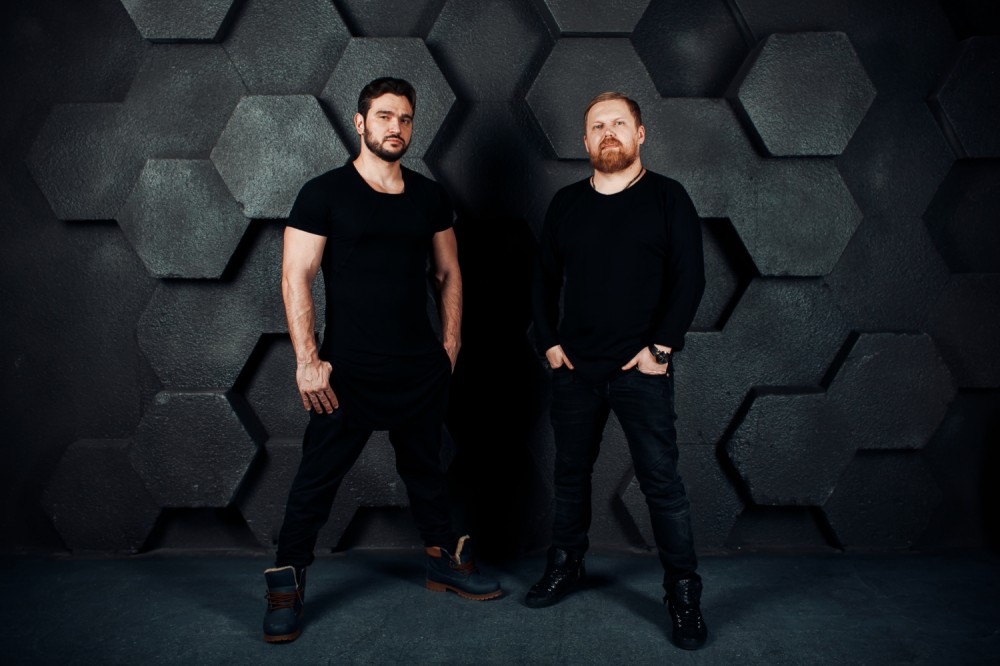
Producer Sessions 016: A glimpse into the mind of EPROM's 'AIKON’ EP [Interview]
EPROM newest five-track project, AIKON, was released through Zeds Dead‘s Deadbeats imprint. The talented producer and contributor to the Grammy-nominated Hi, This Is Flume (Mixtape) took time to answer some questions with technical leanings about his extended play. The Portland-based sound curator established himself as an innovator amongst fellow artists and fans alike, through wicked syncopation and tedious sound design that curate an environment of shock and awe.
In a press release about the EP, EPROM explained, “Each tune represents a unique point in my trajectory. For me, this release represents a step onto a bigger stage. I have always been reluctant to fully embrace the ethos of dance music, so I have previously kept my work underground, and to a certain degree, intentionally inaccessible. This EP is my take on pure rave music.”
Why did you call the EP AIKON?
I don’t wanna give too much away. If you look closely at the logotype you can certainly figure out where it came from. There are multiple facets of meaning in this made up word that interest me, secondary signifiers tangential to the source. I pronounce the word “icon,” so if you take that at face value combined with the aesthetic dimensions of the project, it may open the word up to further investigation. The word came about way before the EP. If you dig into the visual minutiae of my previous projects you may notice it crops up here and there.
Can you explain the album art?
As with the title, the art is an oblique commentary on fractured identity in our age. I prefer to leave it up to personal interpretation beyond that. You will notice that each of the singles has similar but slightly different art. Each uses the same technique and so they are all intended to function together as a larger work.
Do you have a typical production process? If so, what is it?
I try very hard not to have a “typical” process, although I do use a studio template in Ableton Live. I try to reinvent my approach to making a tune for nearly every tune, and often, that necessitates exploring a new tool. New tools require new approaches. New approaches create new sounds. The moment of unfamiliarity, before one becomes virtuosic in any particular field, engenders creative approaches, learning, and play. That is the most valuable period of music making for my practice. When you don’t quite know how a particular tool works, you approach it creatively, and that is the essence of experimentation for me.
What was your main takeaway from collaborating with G Jones on “Daemon Veil?“
Greg is a brilliant songwriter beyond being a producer, and he fleshed out the arrangement beautifully, handling a lot of the melodies on that song. I think our studio sessions are highly symbiotic and we trade a lot of techniques back and forth.
Your arrangements are unique, is there a special way you approach arranging the different parts of your songs?
I like to take agreed-upon forms like trap/house/bass with fairly rigid structures and attempt to approach them differently. I think in general my arrangements aren’t that out there, I usually stick to four bar structures and standard 4/4 time signatures, maybe with an occasional polymetric loop underneath or alternating between a standard dance tempo and half time.
What was a go-to synth for the EP and why?
I used a lot of samples on this EP. They’re faster to work with and I wanted to evoke a specific period of rave music, so those samples – e.g. old school rave stabs, 303s etc. – have a very concrete meaning to me. I also used eurorack modular synthesis to generate a lot of the kick drums and bass samples, and further processed material using Granulator II and other granular resynthesis algorithms.
What was a go-to MIDI controller and why?
I like the Arturia Keystep, it’s small and fit on my desk behind my computer keyboard and has a cool sequencer and it’s enough for me to bang out quick ideas. I’m not much of a keys player though so I do a lot of melodic sequencing on the piano roll in Ableton.
Any special VST that really took the production home?
Every track has some Valhalla Vintage Verb on it, as well as FabFilter Saturn and Monolake’s Granulator II Max4Live patch.
Do you have any pet peeves between you and your DAW?
Sure, plenty. They are small problems though, mostly having to do with how Live handles regions containing un-warped audio clips, which I use all the time. Some other things I wish Live had would be better multi-track automation handling, and per note automation (polyphonic aftertouch). But there are always ways around every problem. I love working in Live for the most part.
Which song took the longest work and why?
“Daemon Veil.” You can imagine how long it took us to program all the drums and percussive elements in that song. There are many tracks, several different drum kits, and a lot of sound design elements. We spent a lot of time playing with the balance between discernible rhythms and chaos.
What was the most difficult sound to conquer on the project?
The vocals on “Hope” are probably the element that took the most finessing. Because of licensing issues we ended up having to re-record the vocals from an old house tune with a new vocalist. I am pretty inexperienced with using raw vocals, so I had to learn a few things about vocal processing. I took the new recordings and tried to match the sound of the original 1995 acapella as closely as possible, using tape emulation, delay, reverb, eq, distortion, noise layers, etc. I feel like I actually got really close in the end. It was difficult, but a fun exercise.
Do you have any unique studio habits?
I tend to spend a lot of time on pure sound design, that is, not with any specific song-related goal in mind. I’ll sit down if I’m not feeling like making a song and knock out ten or twenty different kick drums or snares.
What was your most memorable in-studio moment while producing the album?
Working on “Hope” last summer with the window open, looping part of it to get some bass groove right, and my girlfriend asked me if I was making a house tune because the loop was of a 4/4 section in a much longer and more choppy tune. I just thought that was funny.
What is next for EPROM?
Working on the next release, can’t say too much about it yet because it’s still a nebulous thing in my mind.
Photo credit: Tyler Hill


